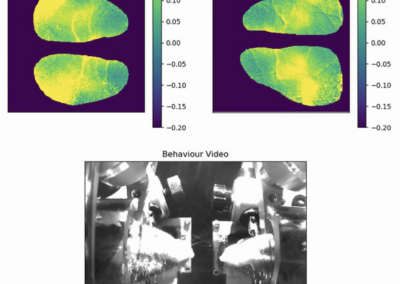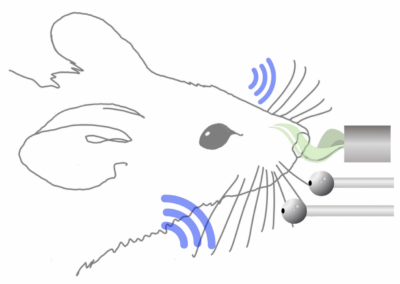MRI Stereoscope

Dichoptic displays are used to view a separate and independent field by each eye to enable the perception of depth, referred to as stereoscopic vision. These displays are important in the study how stereoscopic vision works in the brain. However, dichoptic displays present technical and financial challenges when paired with non-invasive brain imaging via MRI. Researchers at the University of Oxford have thus created an affordable, miniature MRI compatible stereoscope.
The MRI Stereoscope uses commonly available materials and mounts to the MRI head coil. It consists of two angled mirrors that reflect images presented side-by-side on an LCD screen. The left image is presented to only the left eye, and the right image to only the right eye, such that when viewing images through the stereoscope, the images are fused by the participant into a single binocular image. The MRI stereoscope has been validated by comparing the evoked activation of the dorsal and ventral extra-striate visual cortex in response to large binocular disparity or those of nearly zero; results showed significant activation during large disparity, and little activation during small disparity. Thus, the MRI Stereoscope provides a low budget, MRI compatible stereoscope, allowing for more accessible study of perception through the binocular visual system.
This research tool was created by your colleagues. Please acknowledge the Principal Investigator, cite the article in which the tool was described, and include an RRID in the Materials and Methods of your future publications. MRI-stereoscope project SCR_021655.
Read the MRI Stereoscope Paper
Check out the eNeuro paper here!
MRI Stereoscope Github site
Get access to the construction plans on the Github page!






